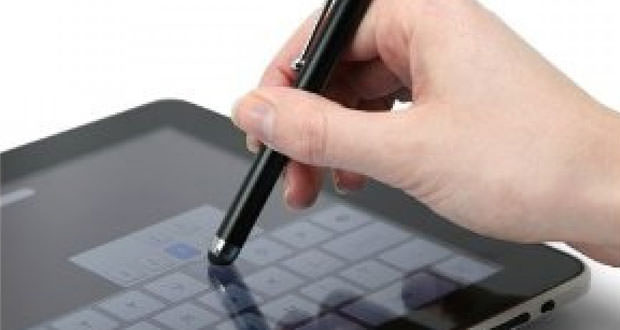It happens very often have to do work ” Precision ” on your smartphone or tablet for which our fingers can be quite cumbersome.
The simplest solution? Go to an electronics store, spend $10 and buy a pen (or stylus) for capacitive touch devices. If, we have a half-hour of free time, a little patience and the desire to keep those $10 in our pockets, there is to know that a capacitive stylus can be accomplished very easily and with simple materials by find in our homes. Let’s see how!
1.) The simplest method is to use the stylus as a simple anti static film (for instance, the material they are made envelopes containing hard drives, processors, etc.). If rigid enough, we can roll it to give it a cylindrical shape and use it directly. Alternatively, you can put on an old pencil, pen, marker, pastel, short, whatever you want and it has a functional form for our purpose. Simple right? And also very effective.
2.) Then we have an alternative that, albeit slightly more laborious, can be an excellent solution for those not readily available to the anti-static bags (and has certainly no intention of buying a hard drive to make up for the lack of it!). In this case, we will need a pen, a kitchen sponge, salt, a plastic bag, aluminum foil, adhesive tape, and a minimum of patience and creativity.
3.) Remove the cap and the tip of the pen. Dissolve a teaspoon of salt in a bit of water. In the meantime you have to cut a strip of sponge length of about half of our pen.
4.) We soak the strip of sponge in the solution of water and salt for about 20 seconds, then for the wring well (so as to be virtually dry) and the slip in the tip of pen, taking care person to leave out a part that will constitute the tip of our capacitive stylus. We coat the pen tip with the plastic bag. We cut off the excess and stop the tape.
5.) we wrap the handle of our future (impending) stylus with aluminum foil, making sure to keep out of the tip: for instance, the sponge covered with the plastic bag. We block everything with duct tape.
6.) It will look like magic, but I can assure you that our new stylus will work perfectly! This is because touch screens of new generation are capacitive, which means that act because of the electric fields generated by a flow of electrons between the surface of the screen and the human finger, which, being loaded with electrolytes, allow this flow. Sensors placed at the four corners of the display record these distortions of the electric field distortions which receive the specific point on the screen that we are going to touch.
Why do I say this? Simple, because this is the reason why we soak the sponge of salt (namely electrolyte) and clothe the handle of the nib of aluminum paper, which allows the flow of electrons, making in all respects this nice creation one capacitive stylus! For more details, please see the video tutorial at the link below!

